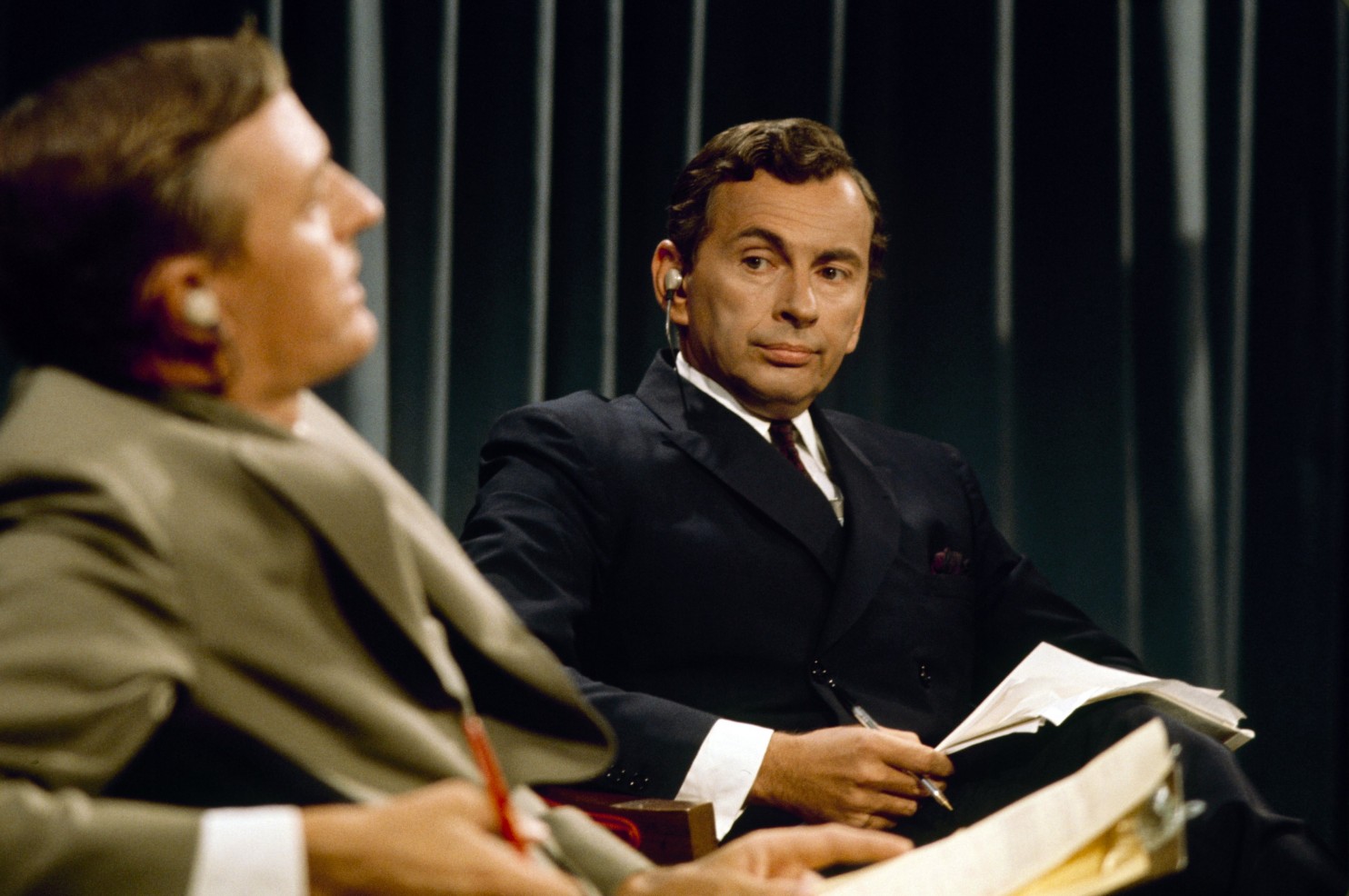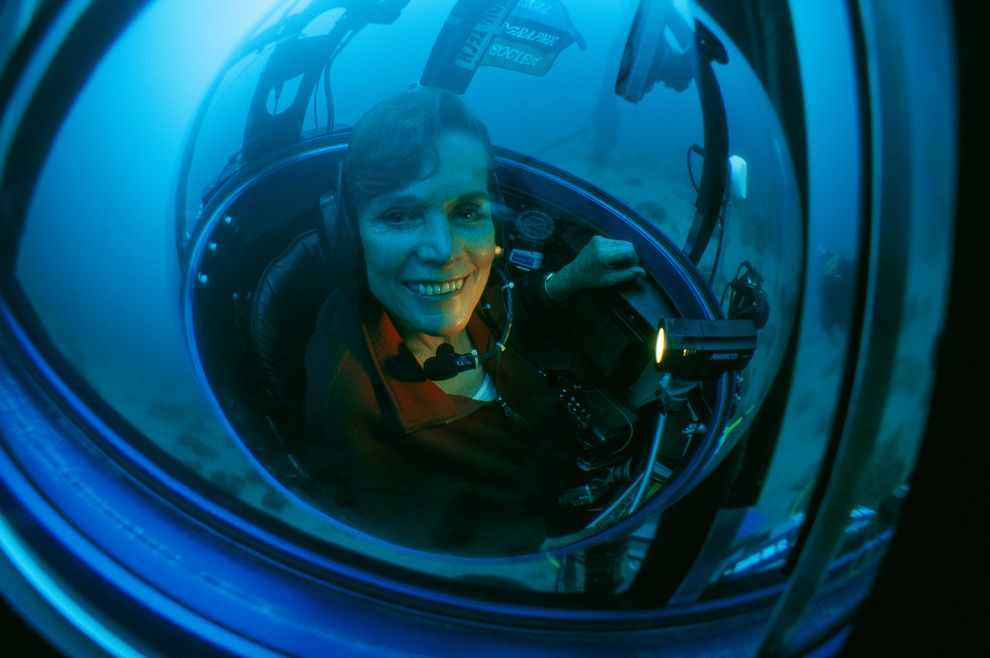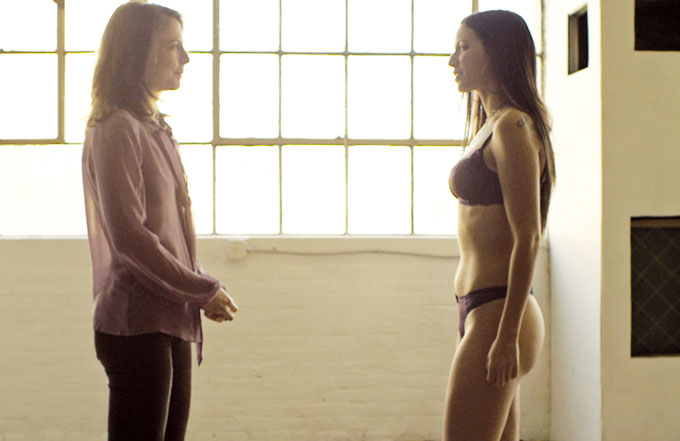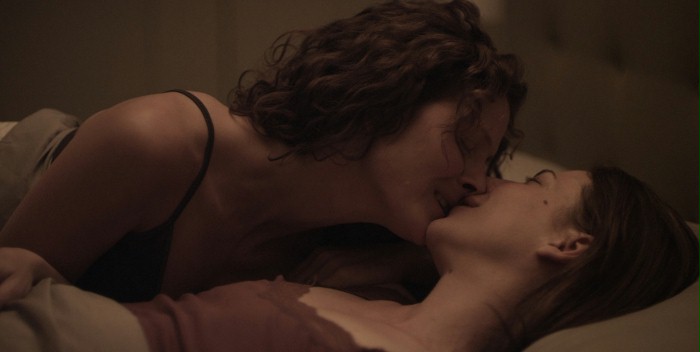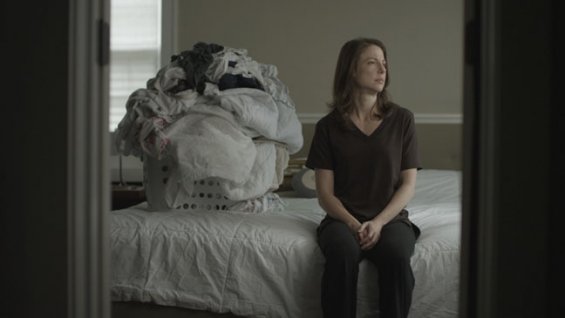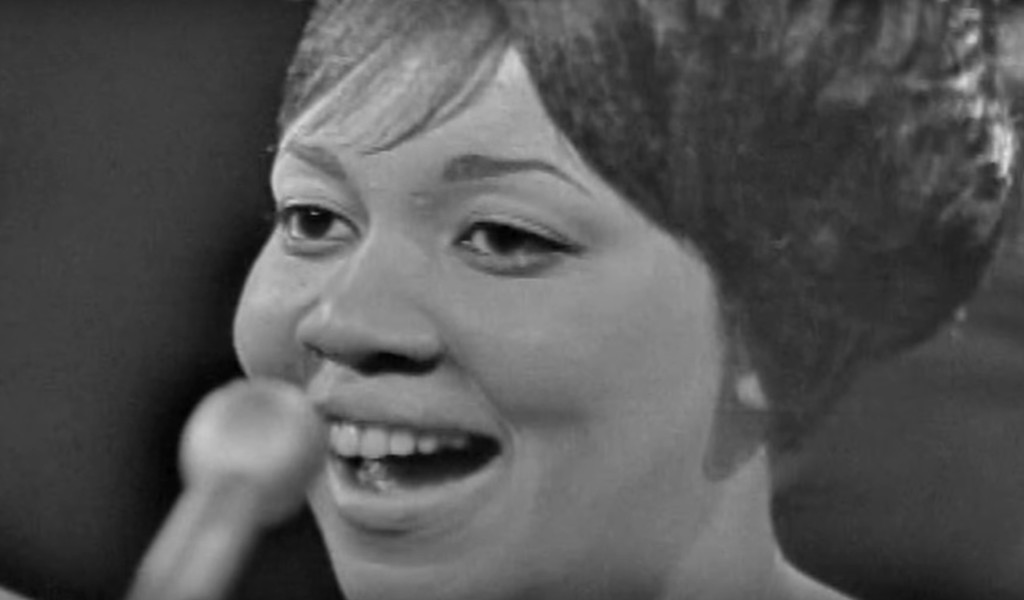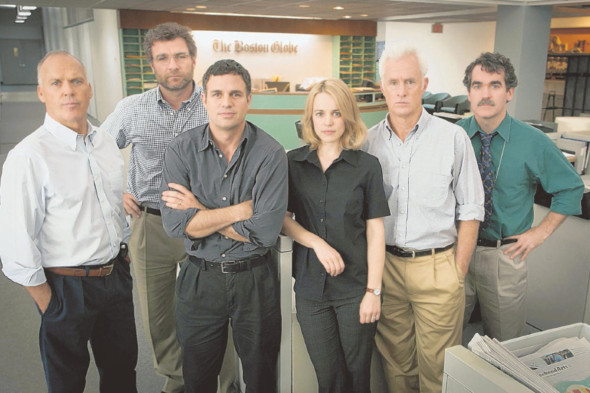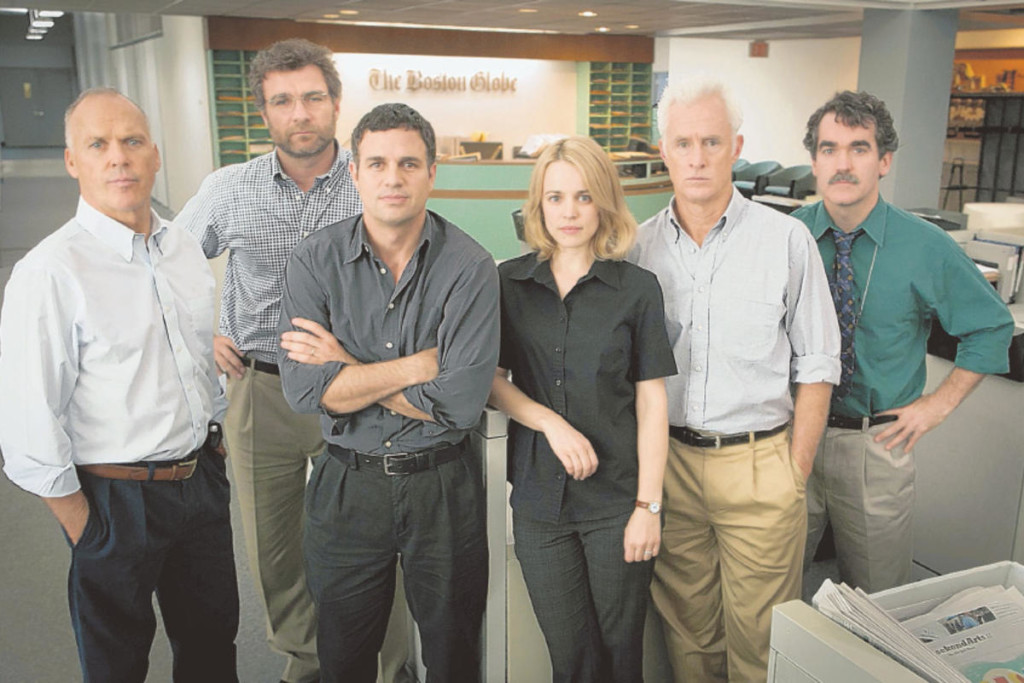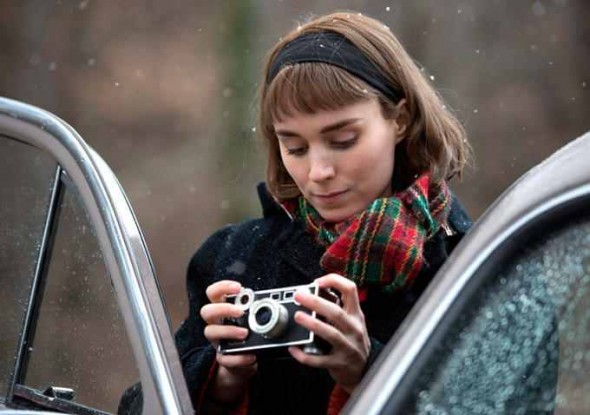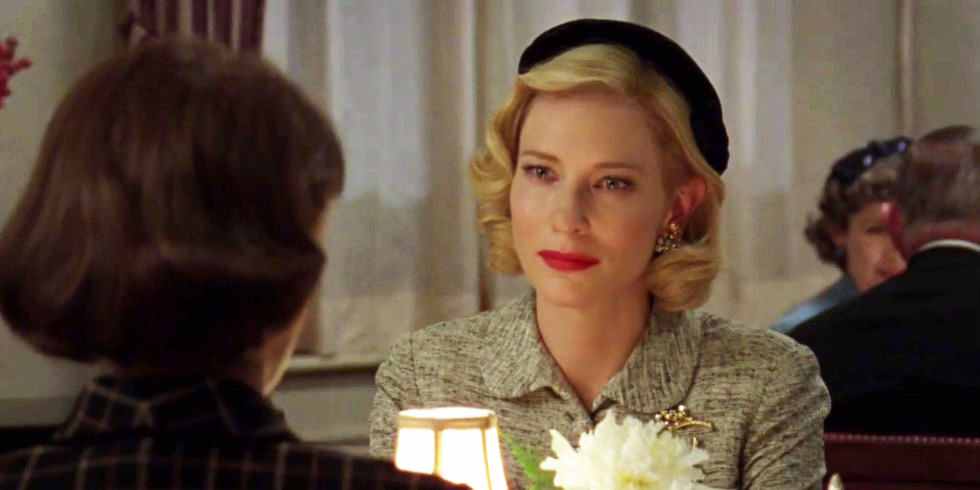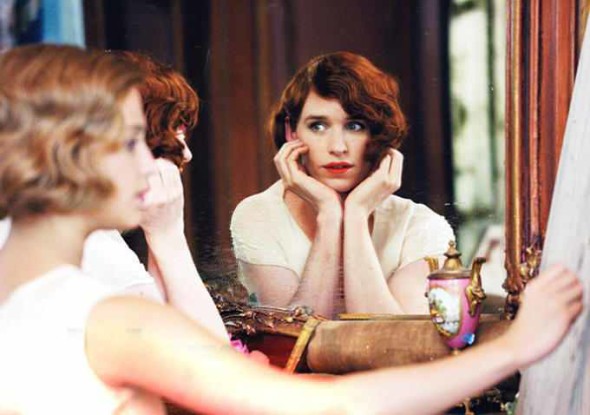Written by Ren Jender.
The New York Film Festival (NYFF) wraps up this weekend. Here are the best of films about women or directed by women (or both) that still have NYFF weekend screenings (including some “encore” shows on Sunday) or are streaming or open today in theaters.
I wanted to laugh when writer-director Pedro Almodóvar said after the press screening that this film is a “restrained” one. Compared to his other films, Julieta is subdued, but it also shows that even when he tries, Almodóvar can never tamp down his love of bright colors, ’80s fashion, overwhelming emotion and dramatic music — thank God! Julieta is one of his best films, a meditation on secular guilt, focusing on one woman’s life. Julieta (non-Spanish speakers: say, “who’ll-YAY-tah”) has all the little regrets most of us have, but circumstances beyond her control lead to some of those regrets becoming deep sorrow. He and Canadian writer Alice Munro (who wrote the short stories the film is based on) are a perfect, if unlikely, match. And Munro is two for two, so far, in films I’ve seen based on her work: Sarah Polley’s Away From Her (with Julie Christie as the “her” of the title), another very different examination of guilt, was magnificent.
I was a little hesitant about Julieta before I saw it: Almodóvar swings wildly from making films that are my favorites to making ones that bore and offend me at the same time. The trailer shows that its lead actresses spend time in bad wigs (the film spans 30 years and in one amusing scene, we see the covered face of the actress who plays the younger Julieta, Adriana Ugarte, and when she’s uncovered she is Emma Suárez, the actress playing the older Julieta) but the wigs are the only non-outstanding elements in Julieta.
Praising a male director like Almodóvar for putting women characters at the center of his films and making them multilayered, with complicated lives that don’t revolve around men may seem retro. But after sitting through Paterson, with its I Love Lucy wife who has a wildly different ambition every day and plies her husband to fund her far-fetched “dreams,” and the fraudulent Manchester by the Sea, which in spite of some good acting (by Michelle Williams and Casey Affleck — and only those two), has not one main woman character who seems to have a job or much of an identity beyond “wife/mother/girlfriend,” congratulating male directors for not being cavemen is apparently still necessary.
This documentary about the pervasive spying — using ordinary citizens as well as trained professionals — in the former East Germany where the co-director (with Michael Tucker), Petra Epperlein, was born and raised, blends satiny black and white cinematography with clips of vintage surveillance film and video. We follow Epperlein back home as she tries to get some answers about who was an informer and who wasn’t.
Epperlein transcends the divide between personal documentaries and the “talking heads” kind as she interviews everyone, not just her own family, but those in charge of disseminating the files meticulously kept on nearly everyone in the country until that country didn’t exist anymore. One of her best friends in school had parents who were officials who spied on the populace; she gets them to talk about their work (which they now regret). Epperlein explains that in a place where, the joke went, in every gathering of three people, one was an informant, people couldn’t trust one another so, “everyone was the enemy,” including, perhaps, her own father. Epperlein doesn’t just expose this culture of mistrust, she recreates it in this extraordinary film.
At first, I was slightly disappointed with Ava DuVernay’s documentary but she confirmed when she spoke after the press screening something I had suspected: this film is not really meant for those of us who have already heard Bryan Stevenson speak about racism in the justice system or for those who have already seen Angela Davis, in a vintage clip from The Black Power Mixtape, speak about the particular history of violence Black people in this country have faced. 13th is an overview of the oppression of Black people by the U.S. criminal justice system meant for people who haven’t been exposed to this info in other venues — which is the majority of those who will see it on Netflix (the producer of the film, currently streaming it).
Still I can’t help wishing the film had fewer professors and writers explaining events — though one does have a great riff on how Angela Davis, when she was on trial, presented herself differently than other Black defendants would. Much more powerful is the cross cutting of Donald Trump’s incitements of violence, violence against protesters at his rallies, and a clip from the Civil Rights era in which an older man in a suit is attacked by young white men. Also unforgettable are the clips of the original Birth of a Nation with commentary explaining that the burning cross was an invention of the film, becoming a signature of the real Ku Klux Klan after it was reinvigorated by Birth of a Nation’s heroic portrayal. Don’t tell me harmful stereotypes in film don’t foster violence ever again.
I liked this feature from German writer-director Maren Ade, but I’m shocked so many other people like it too. Toni Erdmann has no score, no real laugh-out-loud moments past its first ten minutes, and its “jokes” go on for far too long. But as Ade explained after the press screening, the film is about humor but it’s not a comedy. A bear-like father (Peter Simonischek) puts on a (bad) wig and tells strings of lies in front of his grown, corporate-consultant daughter (Sandra Hüller), but unlike many “jokers,” his impulse doesn’t seem sadistic. As he glances out of the corner of his eye at his daughter Ines, he seems nothing more than a little boy who wants to play. Ines is matter-of-fact about the ruthless nature of her work, but she’s also melancholy and frustrated.
This film isn’t the kind that ends with the daughter giving up her career to start a clown college with her father. The changes the characters go through are small ones, and the connections they make are fleeting. But this lack of an easy resolution and the film’s portrait of the mendacity and absurdity of the corporate world are precisely what resonates with its audience.
I fell asleep during part of writer-director Kelly Reichardt’s new film, and sleep is legitimate criticism: whatever is happening on-screen isn’t engaging the viewer. But Lily Gladstone, the Indigenous actress who plays the young, soft-butch, half-Crow rancher in the film’s last interlude is an actress I could watch all day. Gladstone is the only one of the main cast who is from Montana, where the film takes place (and where Maile Meloy, the author of the collection of short stories the movie is based on, is from). The openness of her smile, her calm voice, and steady gaze make her character, Jamie, stick with us in a way the other characters (including Kristen Stewart’s Beth, the adult ed teacher and lawyer Jamie has a crush on) do not. Gladstone is beautiful wearing little to no makeup, but she looks like a woman who works on a ranch: she’s not as sylphlike as the other actresses in the film, and her hair, even when she’s trying to look “nice” is unstyled. I hope Gladstone becomes the big star she deserves to be, but I also hope she can remain unscathed by Hollywood’s physical expectations for actresses. We’ll see.
[youtube_sc url=”https://www.youtube.com/watch?v=YH5_4osOZK8″]
Ren Jender is a queer writer-performer/producer putting a film together. Her writing, besides appearing on Bitch Flicks, has also been published in The Village Voice, The Toast, RH Reality Check, xoJane and the The Feminist Wire. You can follow her on Twitter @renjender.






